Breast reduction is a common procedure that many women choose to undergo. It can help them improve their appearance and reduce their back pain. Although it can be very beneficial, it comes with some risks and requires a recovery period.

Scars can make some people feel self-conscious, as they can prevent them from feeling satisfied with their
appearance.
It's important to note that focusing on one's scars can lead to a distorted perception of one's overall well-being.
Fortunately there are various ways that can help you reduce the appearance of these marks.
Are scars avoidable?
Breast reduction is a common procedure that many women choose to undergo. It can help them improve their appearance and reduce their back pain. Although it can be very beneficial, it comes with some risks and requires a recovery period.

Scars can make some people feel self-conscious, as they can prevent them from feeling satisfied with their
appearance. It's important to note that focusing on one's scars can lead to a distorted perception of one's overall
well-being. Fortunately there are various ways that can help you reduce the appearance of these marks.

What will the scarring look like?
The scar tissue that comes from a surgical procedure is a thin, raised line that's on top of one's skin. It can initially look red or pink, and it will eventually fade away as it goes through the healing process. It can take around a year for the scar to completely disappear. If one has darker skin, they are more prone to experiencing hyperpigmentation.

The appearance of breast reduction scars can vary depending on the type of procedure that's used. For instance, if
one
has a larger scar, it will usually look more like three scars instead of two. In contrast, incisions made near the
breast crease might not be as noticeable. Some women may show these scars under a bra or bikini top.

What are the most common breast reduction scars?
Breast reduction can be done in various ways, and the scars that are created are usually based on the technique used. The size of the patient's breasts is also taken into account to determine the type of scar that's created.
In most cases, the breast reduction procedure involves the creation of a scar around the nipple, as well as a vertical scar that's linked to the breast fold. This type of scar is often referred to as an inverted T or anchor pattern. However, some surgeons prefer to do the entire procedure without the breast fold scar.

Liposuction only results in minor scars under the arm if the breast reduction is carried out using this technique.
Scarless breast reduction is a common technique.
Will scars worsen?
Untreated breast reduction scars may become more visible. Smoking, tanning, scrubbing, itching, and scratching can make them worse. Ask your doctor for advice about aftercare and reduction techniques. Don't use OTC scar removal methods without consulting them. These can cause rash and irritation, possibly worsening the area. There's no proof that products with vitamin E will help with surgery-related scars.

How to Treat Your Breast Reduction Scars?
Before your breast reduction surgery, make sure that you follow the surgeon's instructions regarding post-care. You should keep wearing a surgical bra and chest bandages for the first few days following the operation. You'll then see your doctor for a follow-up appointment to discuss how to care for your skin.
After your incisions have closed, there are various scar-minimizing techniques that can be tried. However, it's important to ask your surgeon first.

Massage Breast Reduction Scars
You can add some gentle massage to your already reduced scar appearance to keep it soft and flexible. This method can help prevent collagen buildup and promote the appearance of a raised scar. Scar massage should only be performed within the first two weeks following your breast reduction surgery.

Silicone sheets or scar gels
Scar gel and silicone sheets are over-the-counter (OTC) products that are used to treat scar tissue. These are bandage-like materials that have been infused with a substance known as silicone to hydrate the scar. They can also help reduce inflammation and pain.
Old or fresh scars can be treated with scar gel. It can help minimize their appearance and fade in color over time. Your doctor may suggest using scar gel as soon after an incision has been made. To get the best results, apply scar gel daily.

Fractionated lasers
If your scar is thick or dark, a fractionated laser may be used to treat it. This treatment involves using microscopic devices that can target different layers of skin. It can help remove scar tissue and promote a deeper healing.
Depending on the type of scar and the amount of treatments needed, multiple sessions may be required every other month. Dermanet New Zealand noted that four to five procedures may be needed to achieve the desired results. Once the breast reduction scar has healed, a fractional laser can be used to treat it.

Sunscreen
Even if you don't expose your breast augmentation scar to the sun, you still need to apply sunscreen to prevent it from getting darker. The effects of UV rays on scar tissue can make them appear more prominent.
It Takes Time
Although a scar may not completely vanish overnight, it can be treated with a consistent and patient approach. You will eventually start to see results. If the results are not good enough, you should consult a cosmetic surgeon.

Conclusion
Although breast reduction scars can appear inevitable, they can be reduced with the right surgeon.
Before you choose a plastic surgeon, you should ask him or her to provide you with a portfolio of their prior and after work on breast reductions. This will allow you to get a better idea of their quality of work.
During the healing process, your plastic surgeon can provide you with helpful tips on how to care for the areas of your incision.


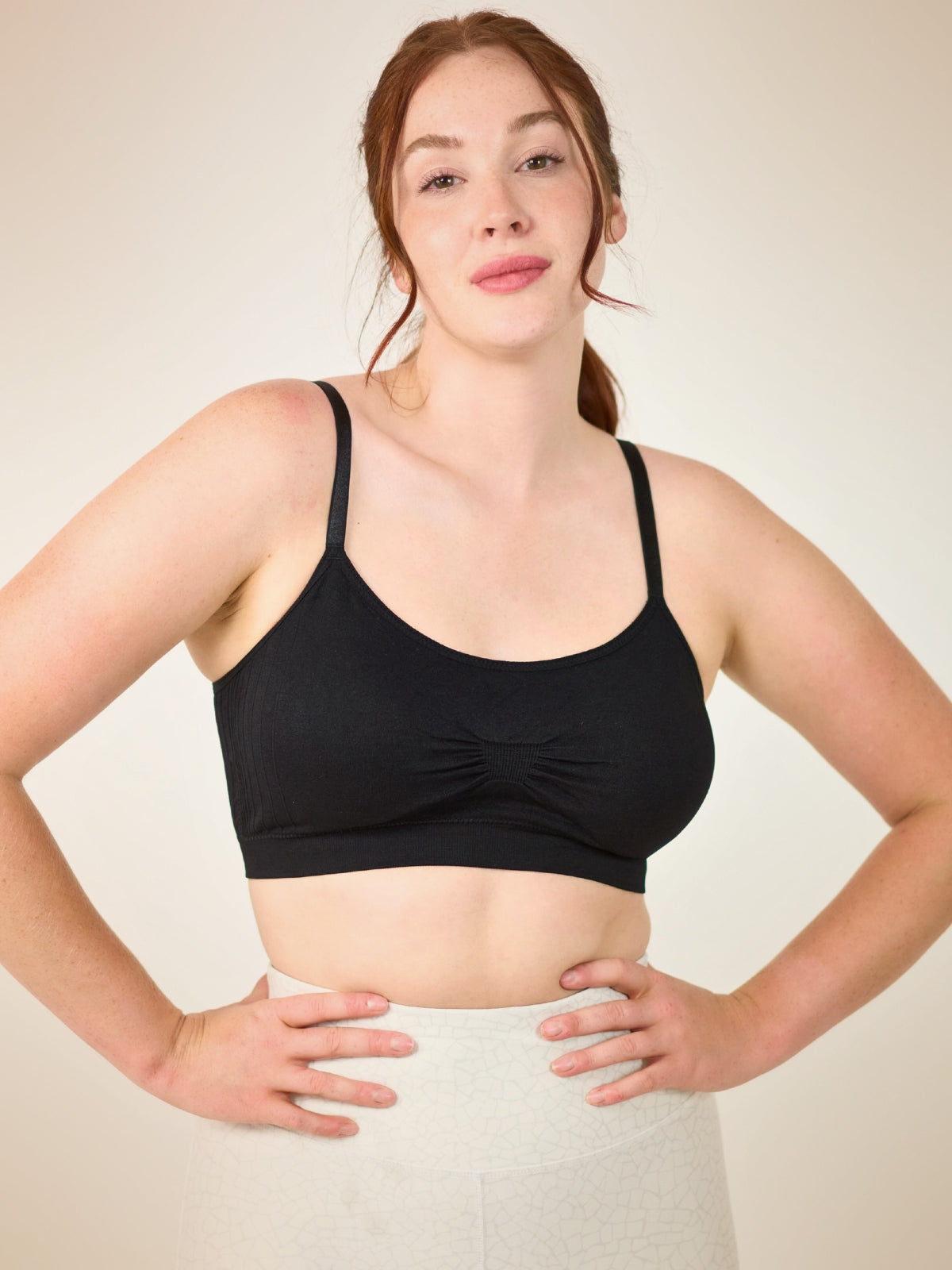
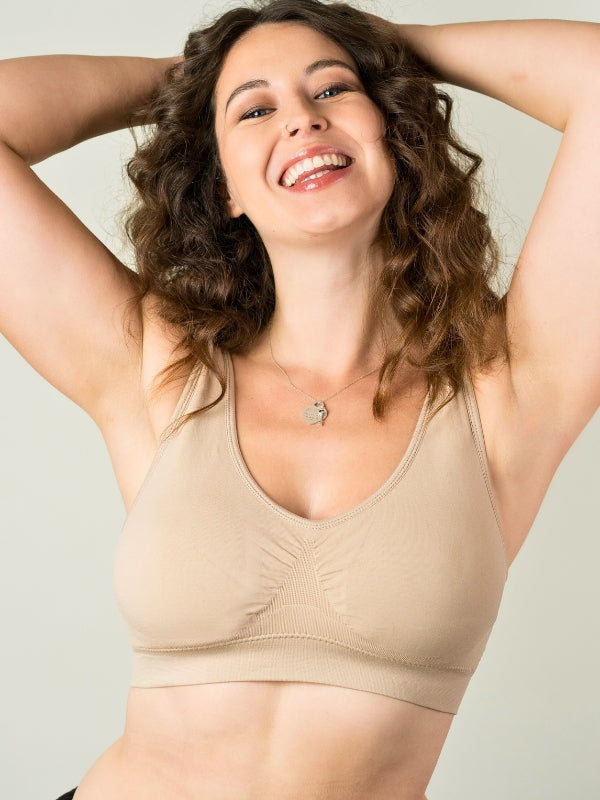
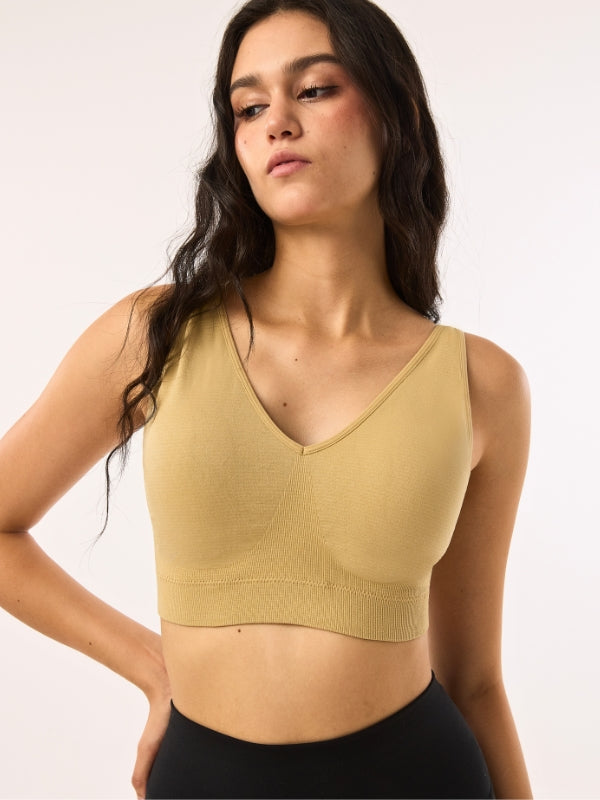
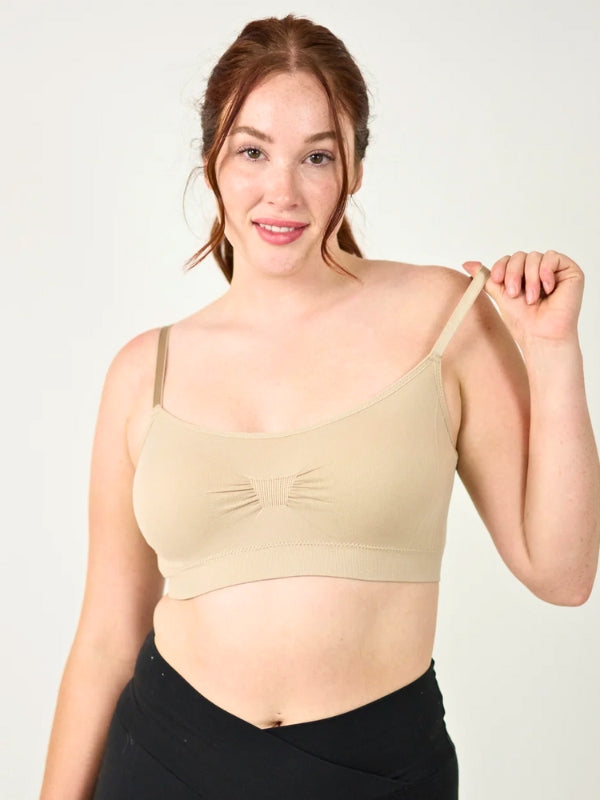

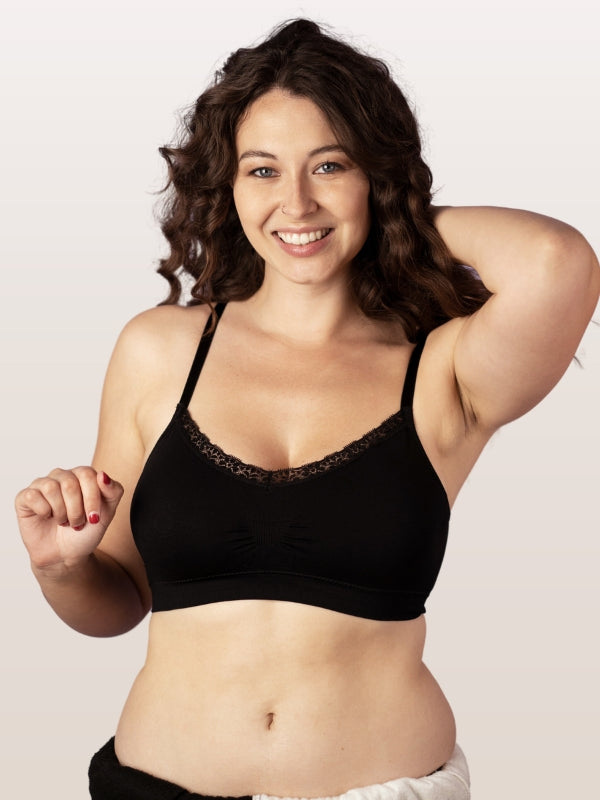

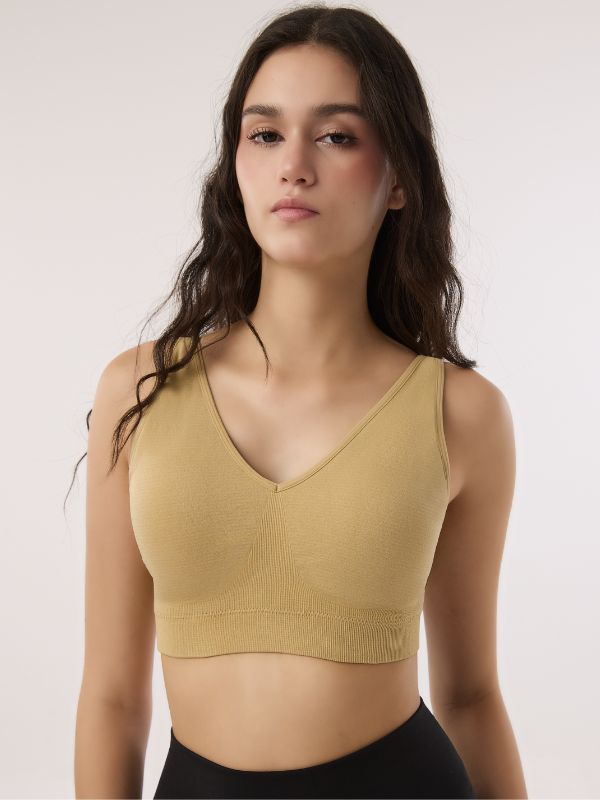


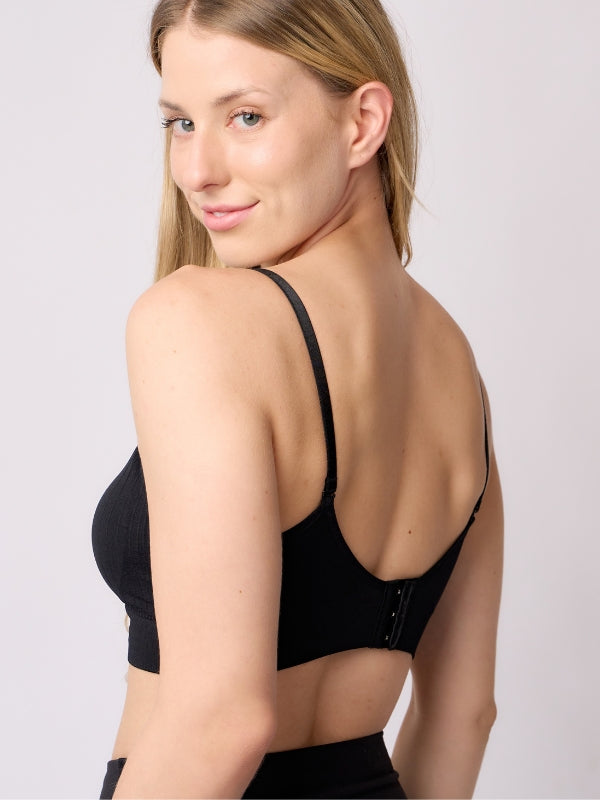
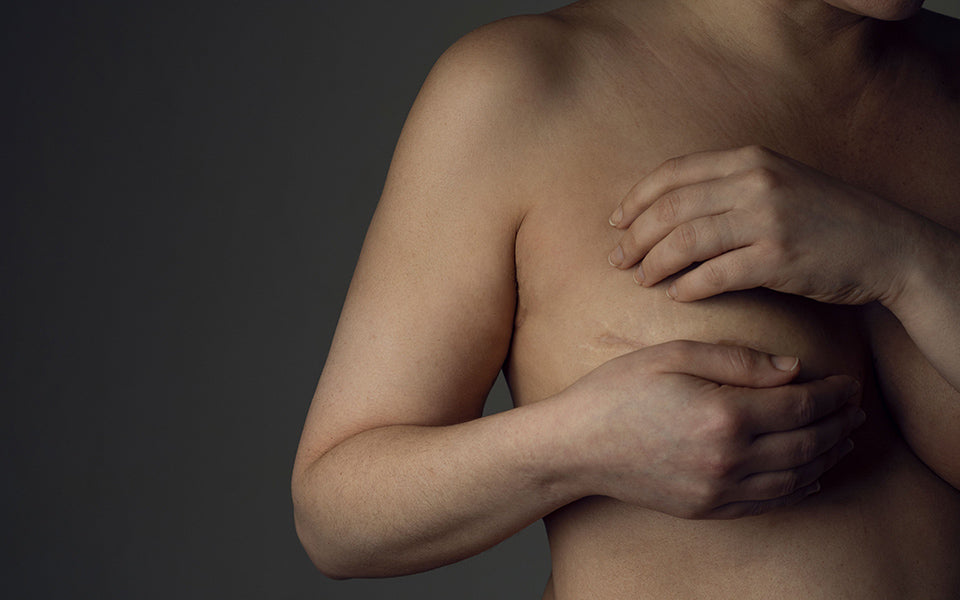



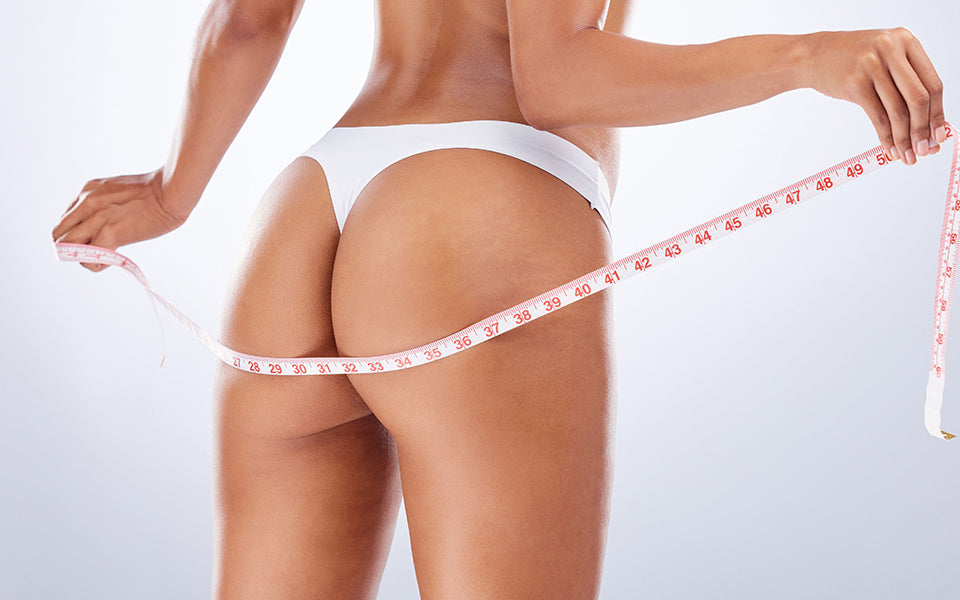
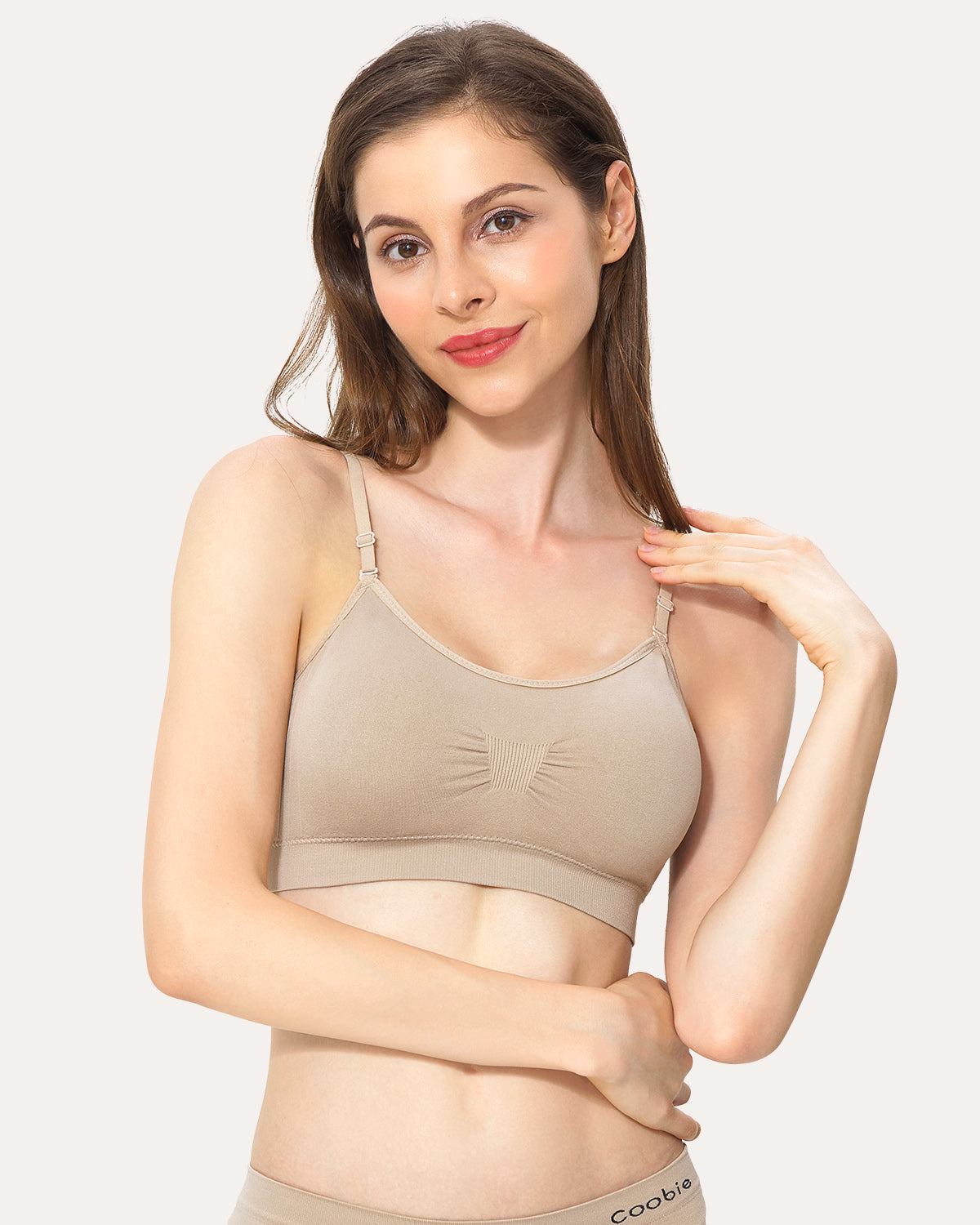

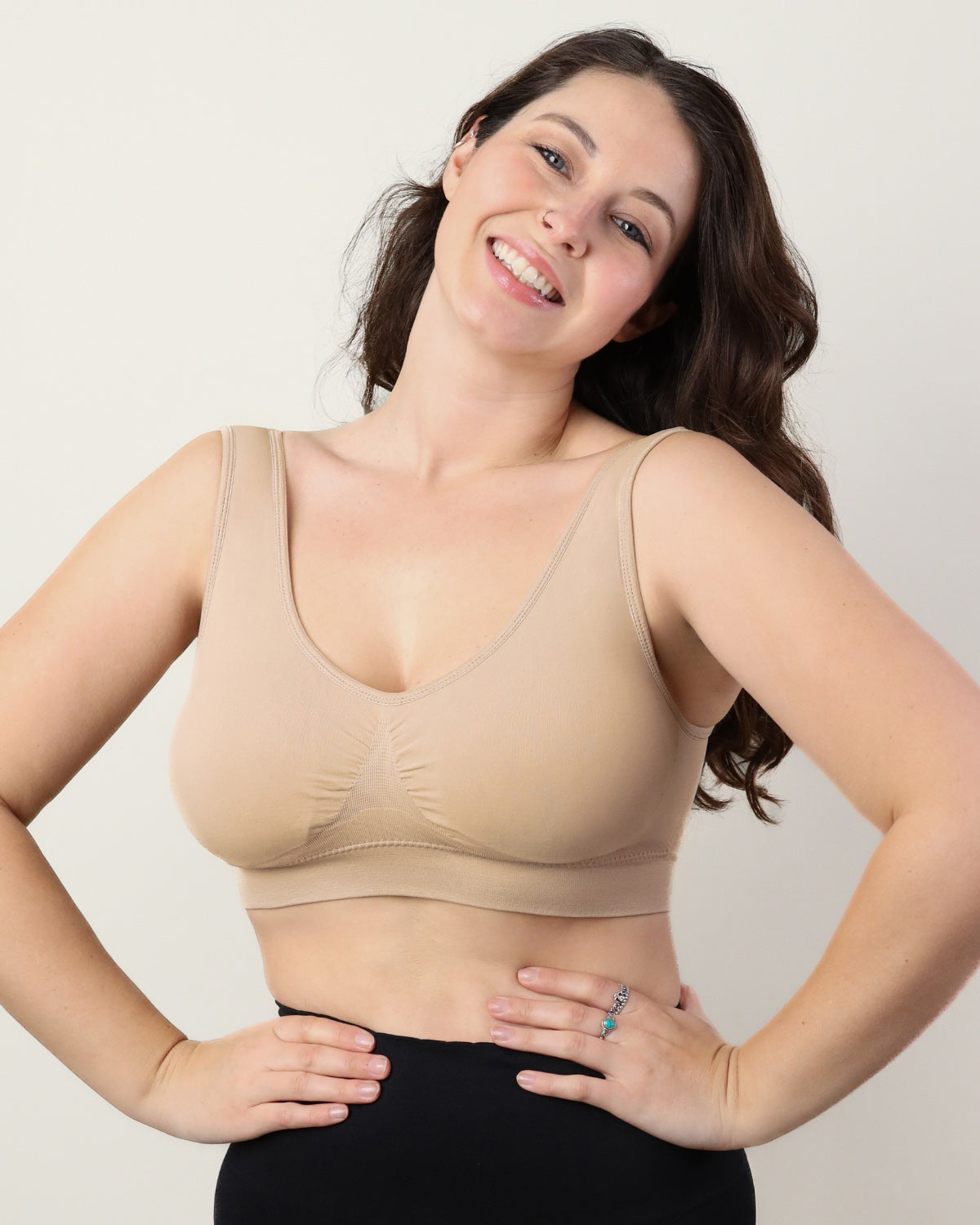

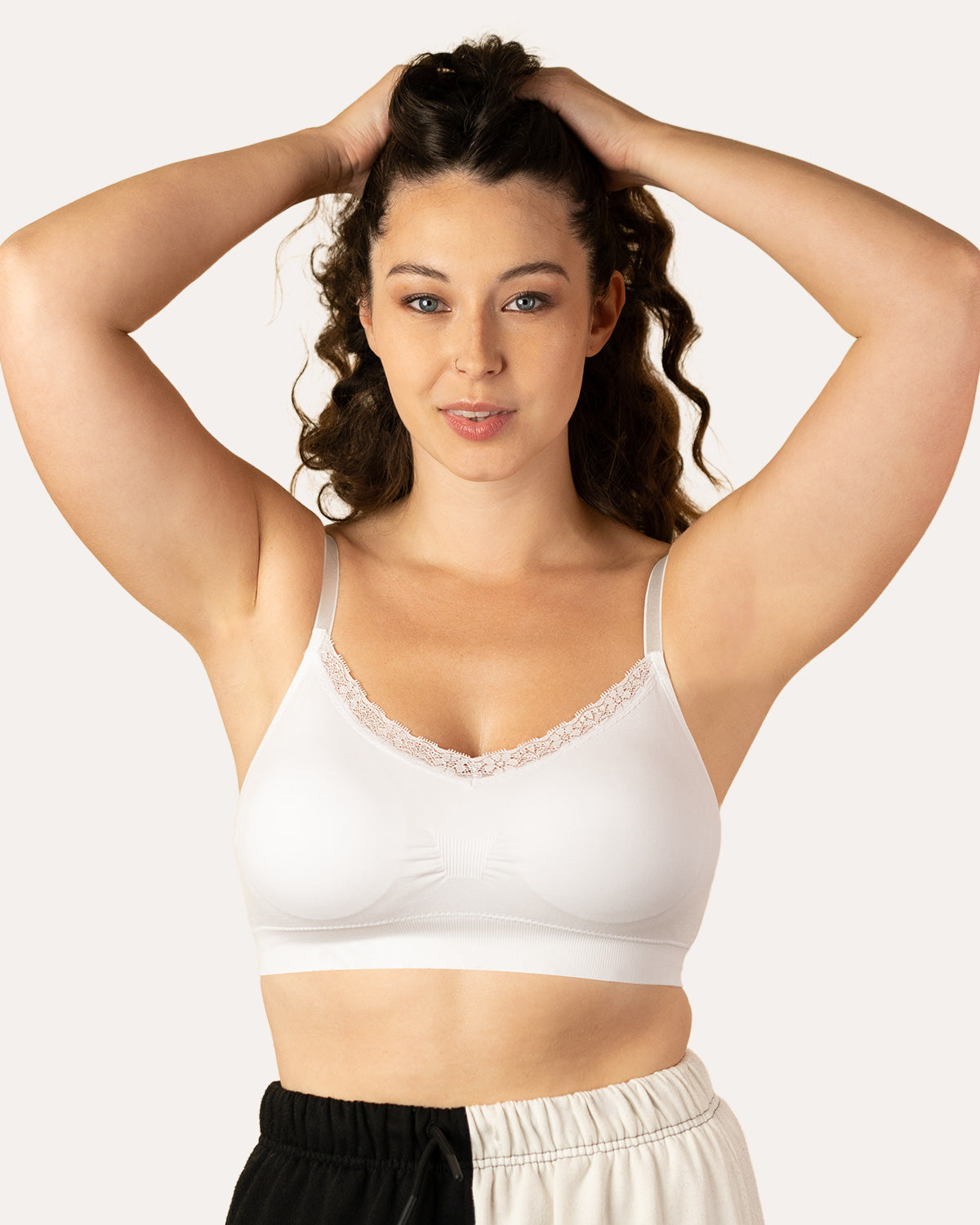
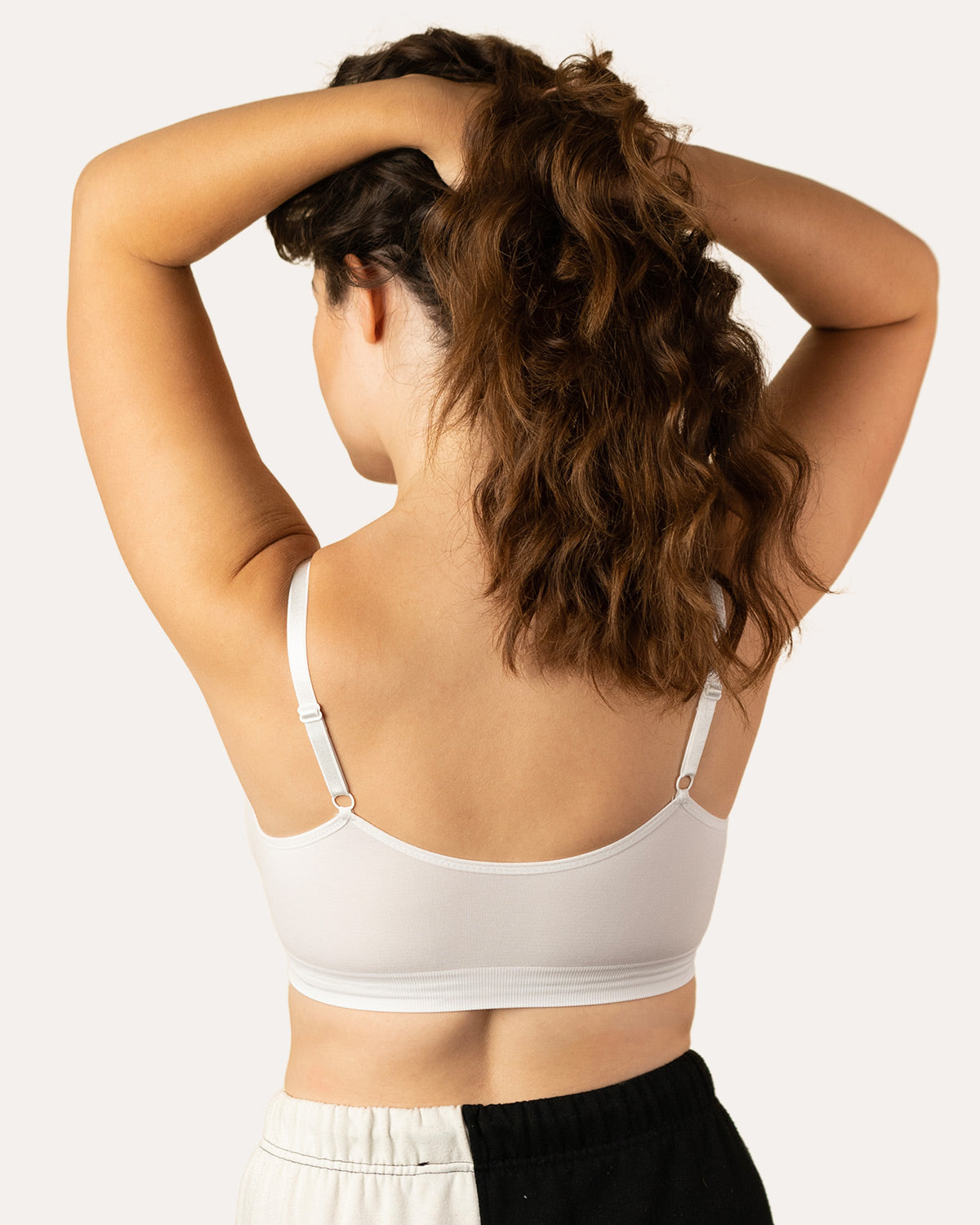

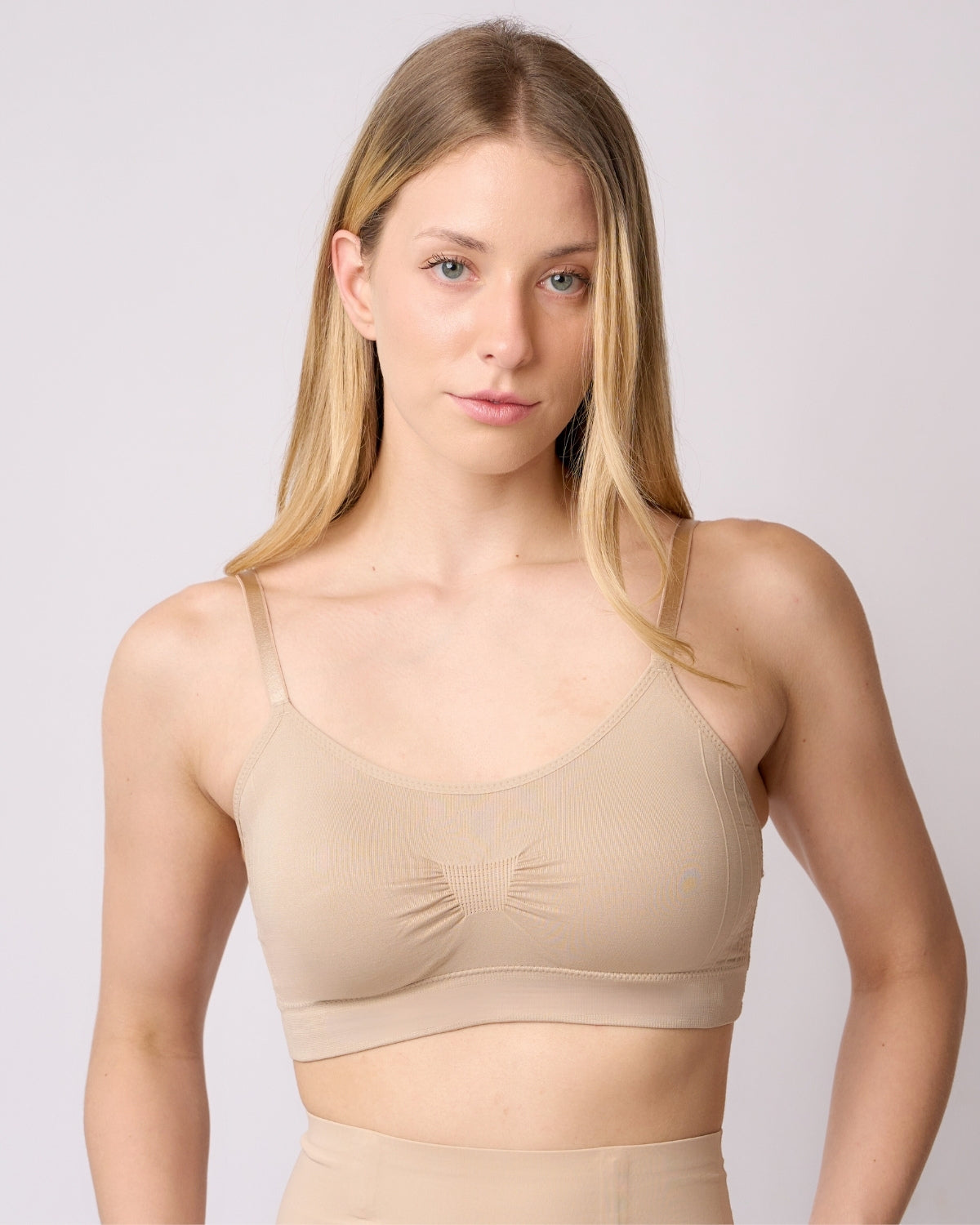
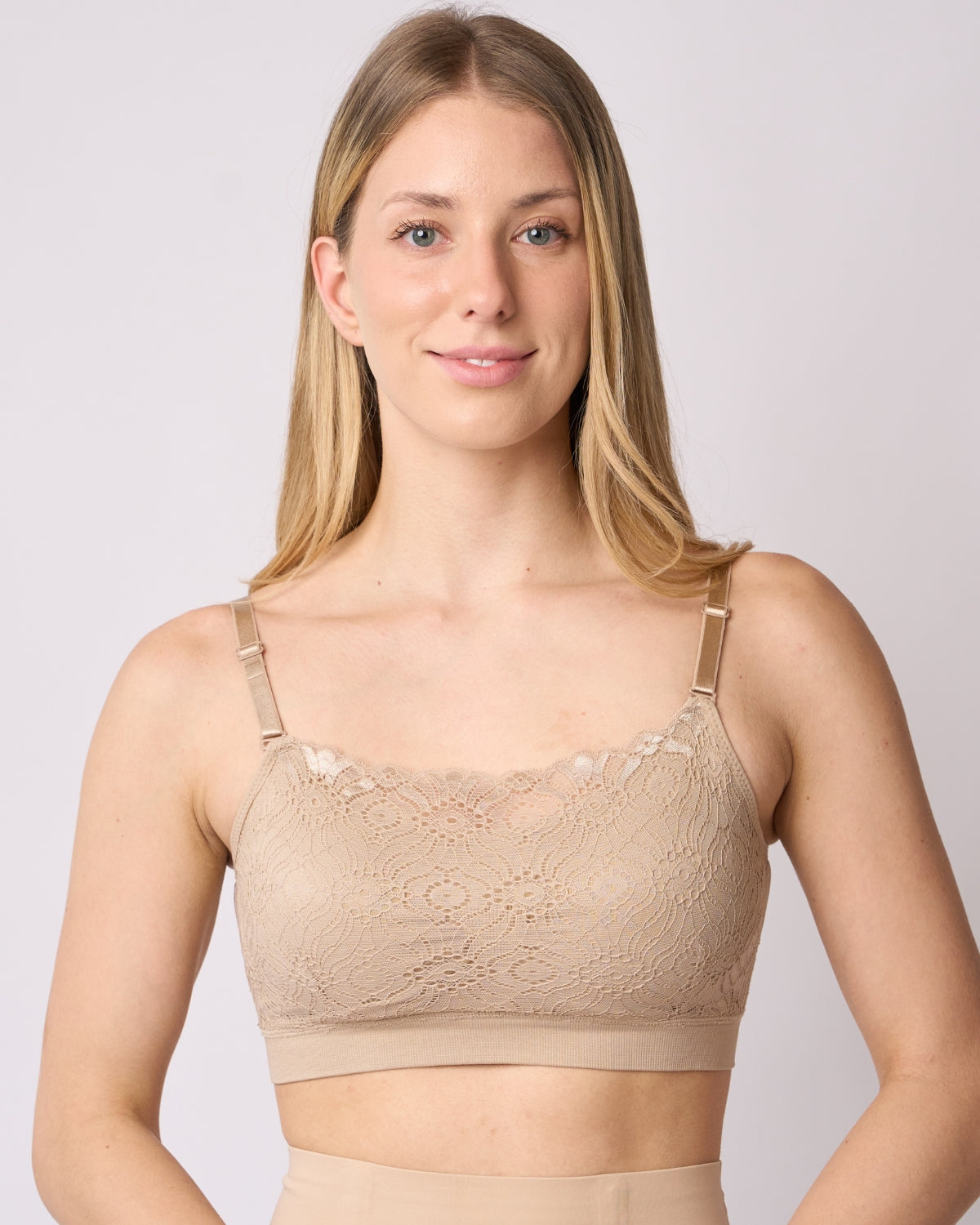
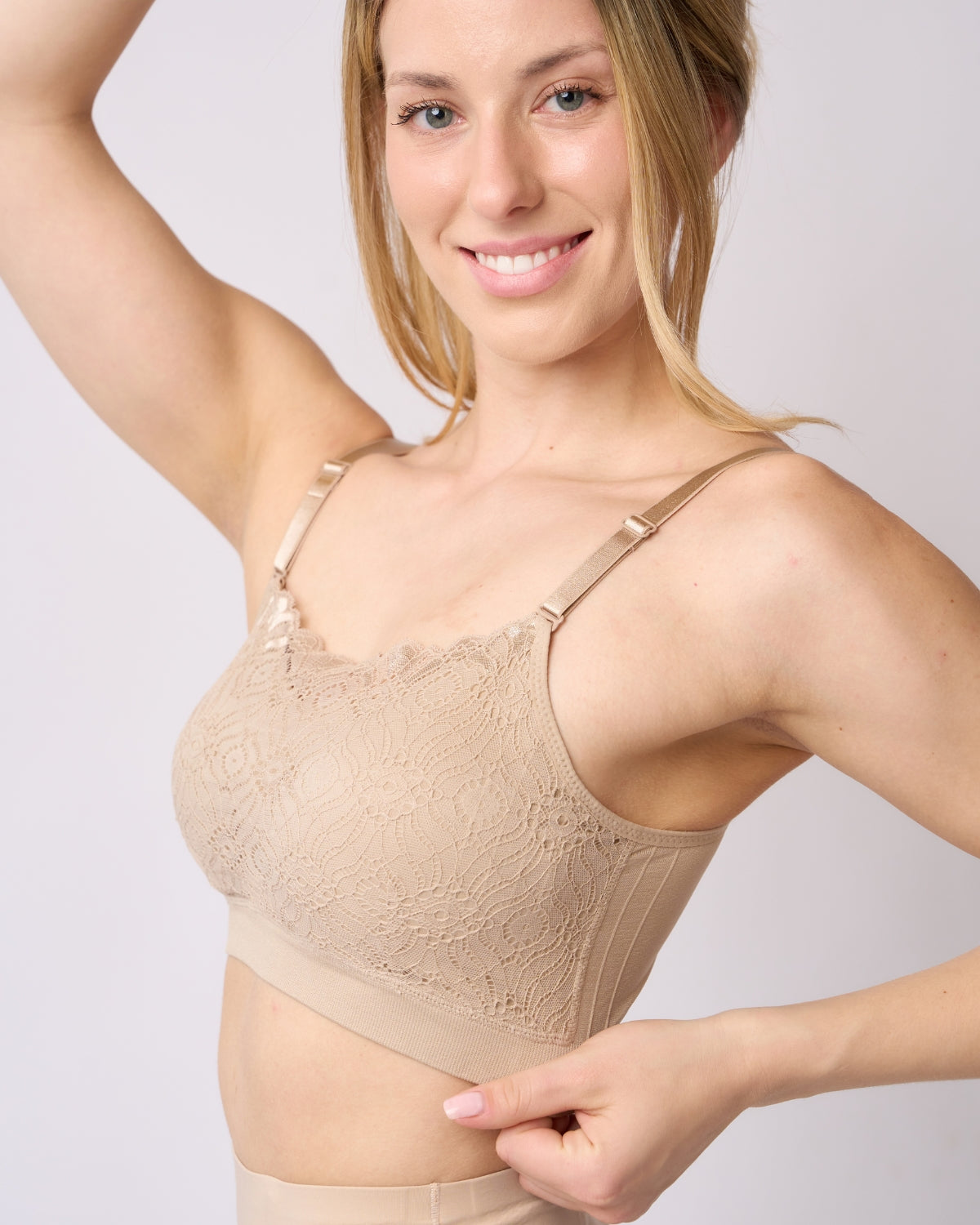
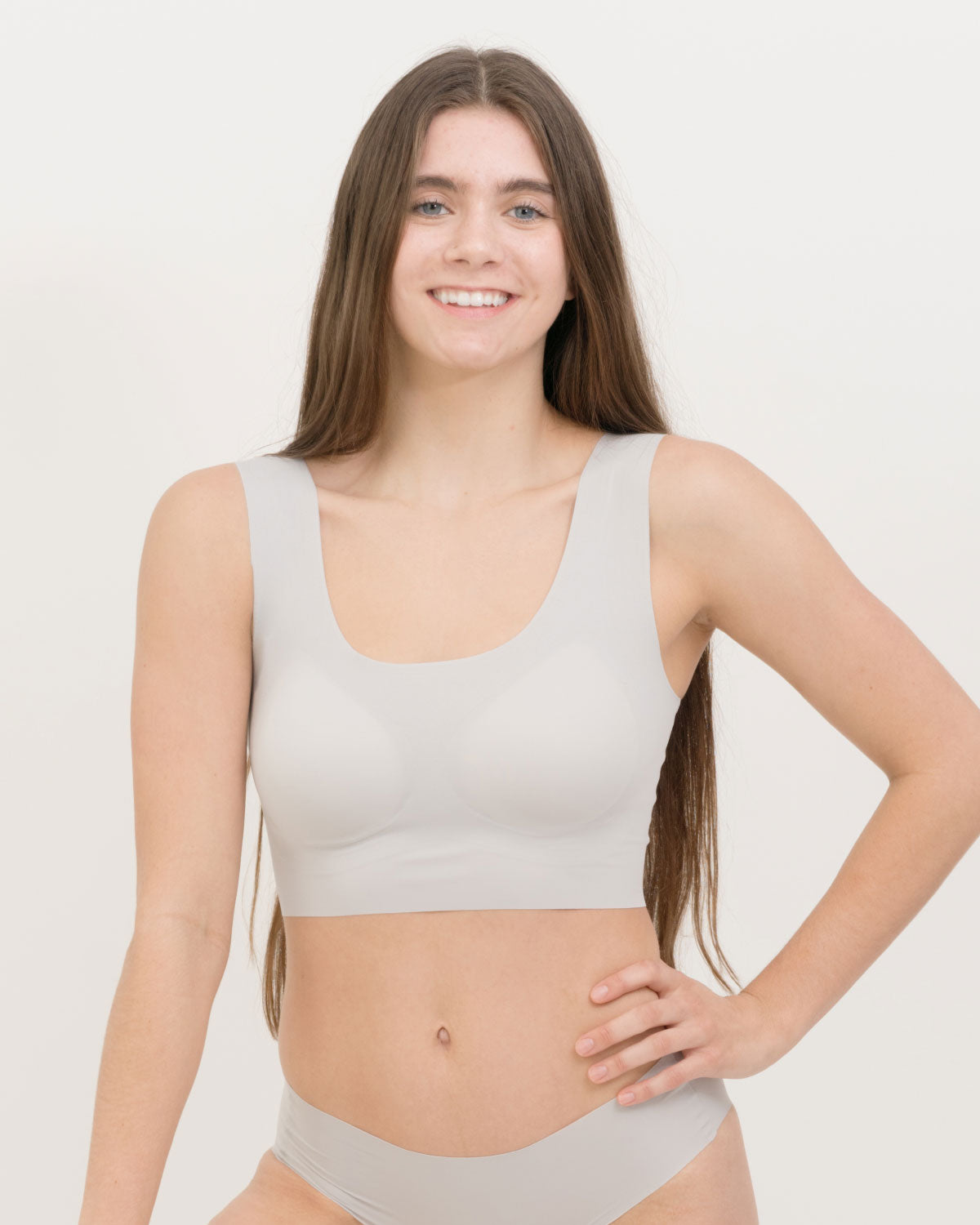
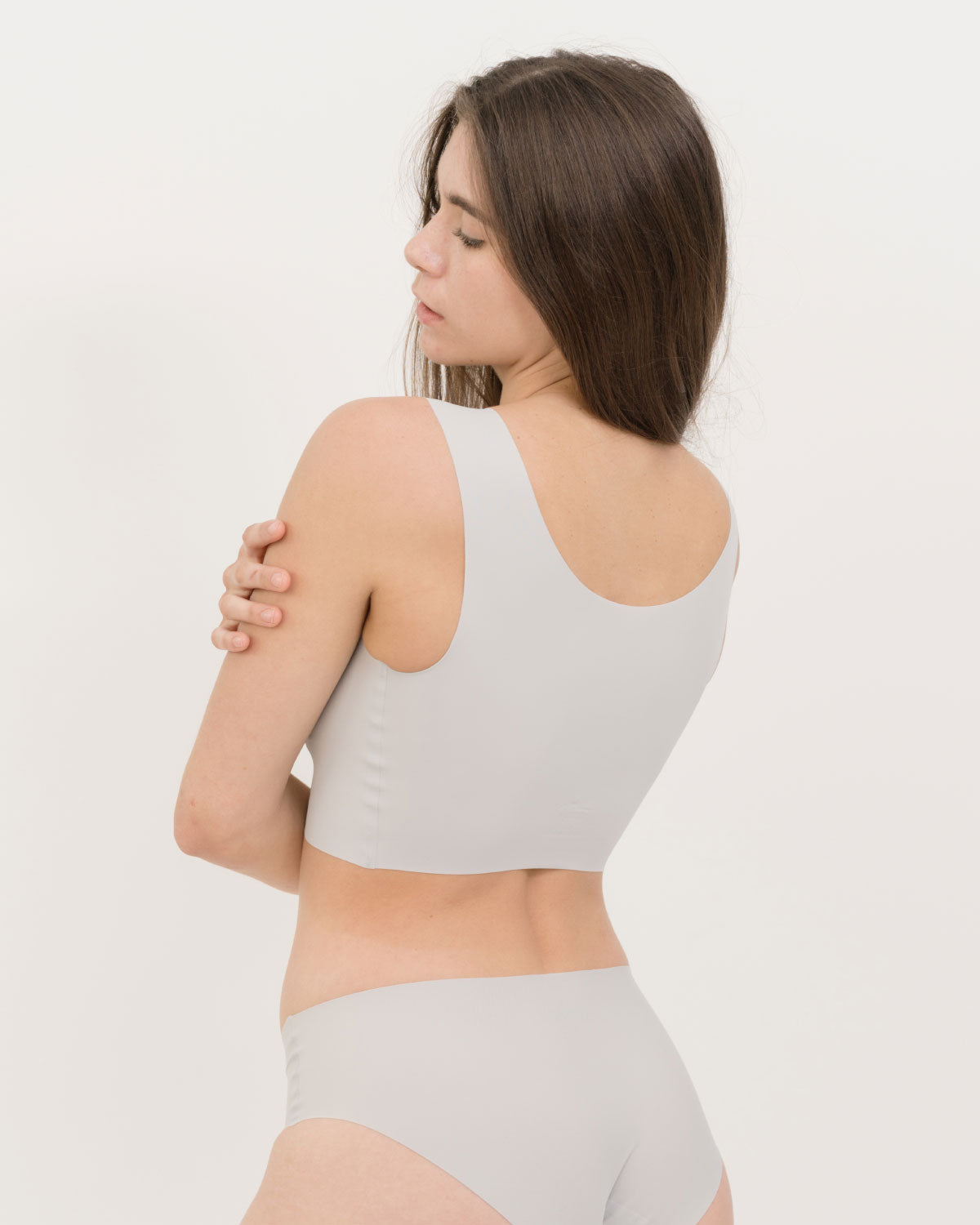
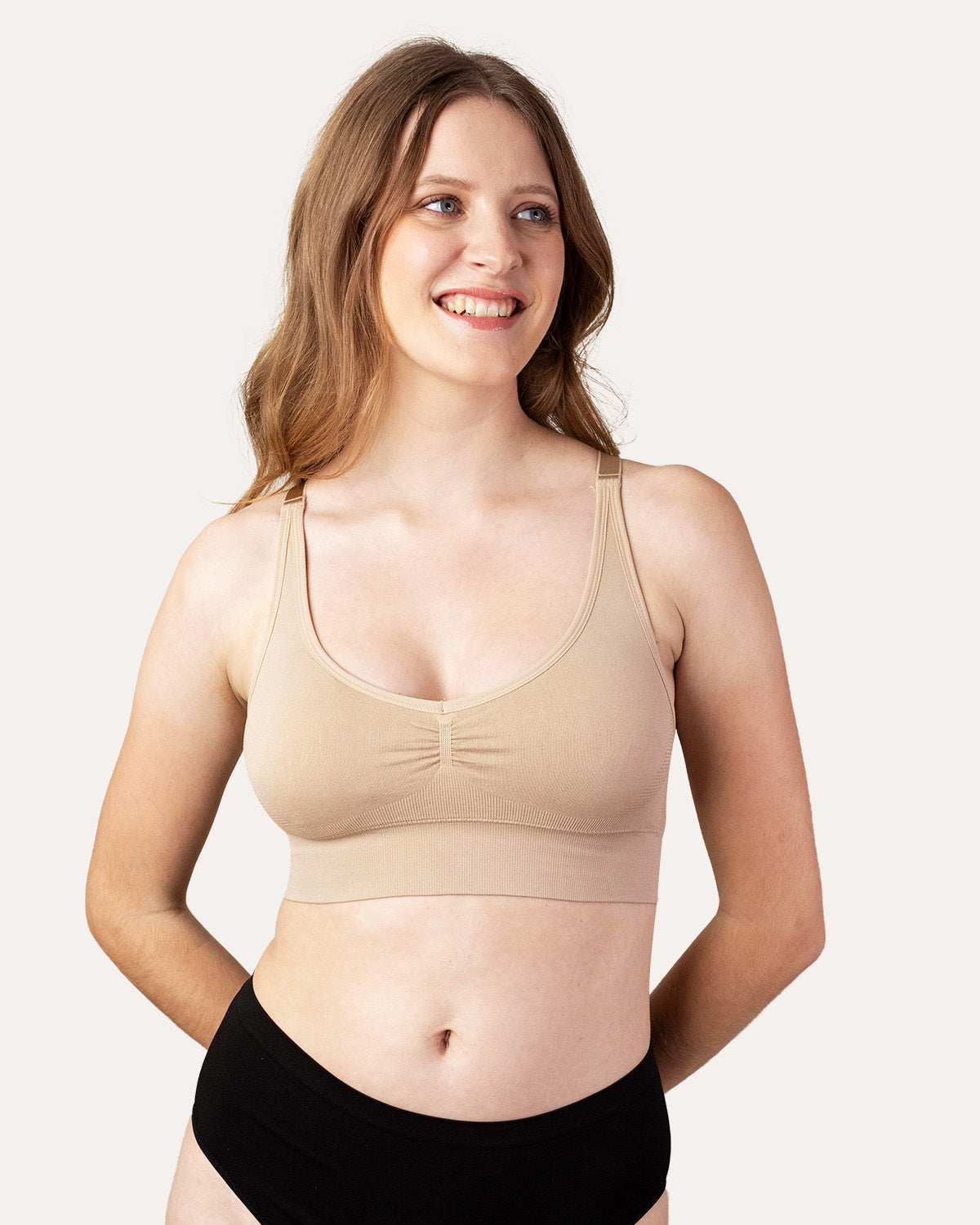
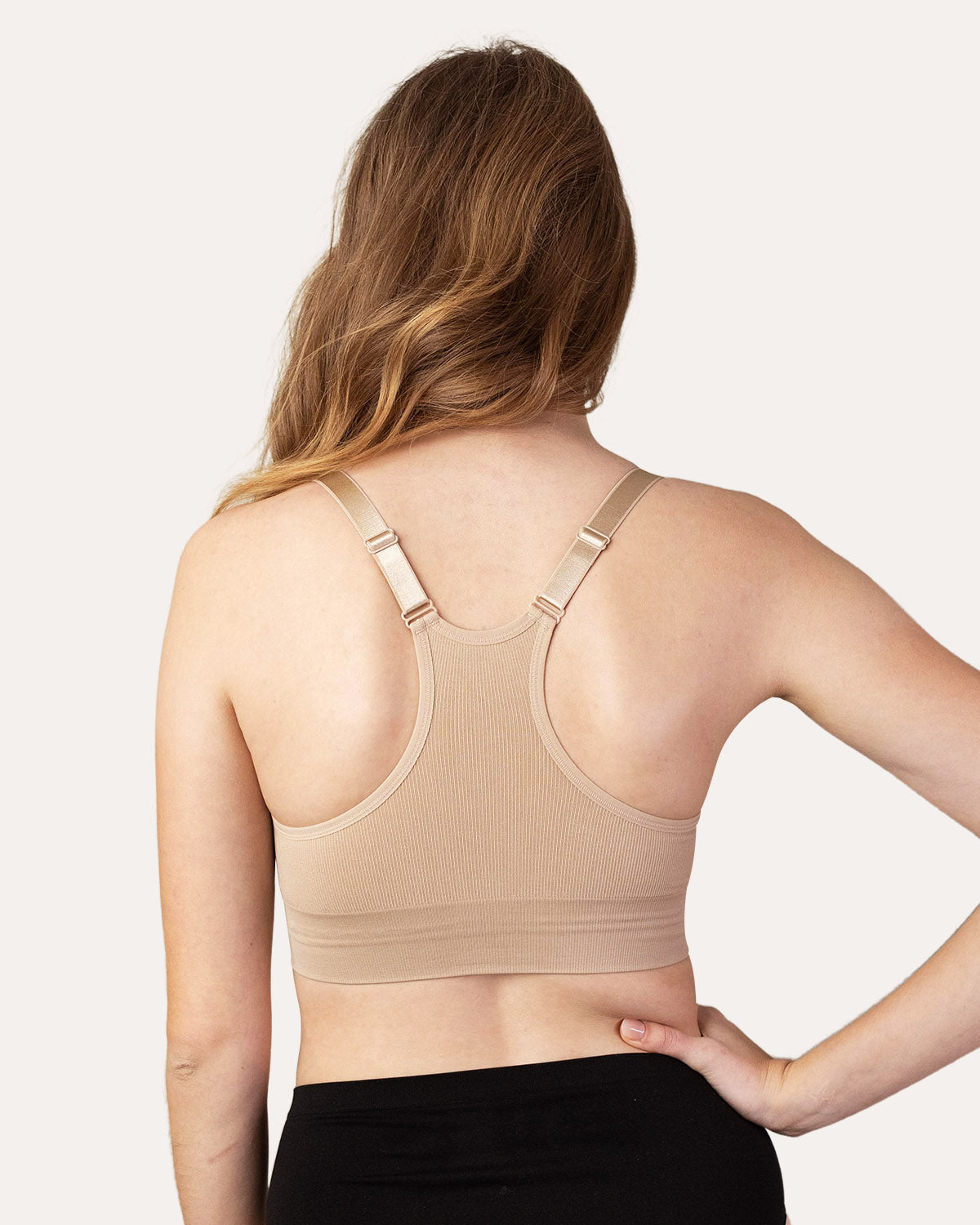
Leave a comment
This site is protected by hCaptcha and the hCaptcha Privacy Policy and Terms of Service apply.